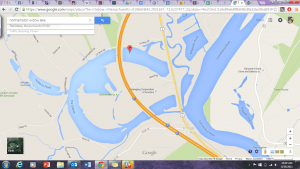The more I read up on Hitchcock, the more I wonder what else we interns could add to the corpus of Hitchcock scholarship. Why, the man was esteemed enough to be the subject of a profusion of works, which all state the same talking points: he was a “crank”, “genius”, “hypochondriac”, &tc. Then again, these and other judgments are the result of more traditional forms of humanistic inquiry; they all derive mostly from the same first and second hand accounts, whose promulgations have fossilized into mere caricature. There must be more to the man than indigestion and piety, I assume (against a cynical impulse to write off others as the sum of predictable motivations such as desire, ego, and/or profit-maximization). Perhaps, nay, almost certainly at least one of the many biases and heuristics that guide human behavior gripped those who wrote of Hitchcock as they wrote of him. Without the digital tools available to the humanities today, everyone from Philip J. Lawrence to Ariel Jacob Segal may have ignored or simply overlooked data (in whatever form it takes) that, when considered against beliefs, hypotheses, prejudices, and other data, may very well prove to be enlightening—at least, I hope not-so-quietly (I am writing this blog post, after all) to find such a unicorn.
But I stodge on, tempering my expectations with frequent ganders at the calendar (which now end in variants of exclamations similar to That’s it??! rather than the naïvely optimistic Oh, I’ve got time!s of my younger-by-mere-weeks self from earlier this summer) and recurrent falls into rabbit holes of en-coding, project [self-]management, and distractions, respectively. In fact, I have a project in mind, one that plays on my earlier pursuit of cataloging and analyzing Hitchcock’s debits and credits. Like I said in an earlier post of mine, the question of how Hitchcock extricated the College from crippling financial obligations has a rather definitive answer already, so arecched by my academic forebears. A more suitable, less close-ended question is, How did Hitchcock spend his own money? However often Hitchcock expounded on (and sometimes—let’s be real—bloviated about) “The Cross in Nature / And Nature in the Cross” in his writings, one still cannot be sure of what he valued without diving deeper into the other things he left behind, viz., his personal financial records. These documents make up a significant portion of his papers, not to mention, a sizable quantum of archives the world over. Yet the digital humanities for one often (I have read) ignore this chunk of dossiers for reasons varying from antipathy for the travail that is data extraction to a myopia in estimating their scholastic worth. I think such apparent indifference lamentable. As the affable (albeit occasionally creepy) Vice President Joe Biden said, «Don’t tell me what you value. Show me your budget, and I’ll tell you what you value.» Indeed, it is in historical financial records (or: HFRs, as Metadata Management Librarian and recreational protogramophile Kate Gerrity would have us call them) one’s affairs and, by extension, interests and ethics emerge.
Consider the pontificating televangelist (the appropriate question here is, Which one? 😏) who professes a belief in the Gospel—the one that includes Jesus saying, «It is easier for a camel to go through the eye of a needle, than for a rich man to enter into the kingdom of God.»—as he raises $60 million for a Gulfstream G650. What Creflo Dollar or any other person wants to buy is sometimes much more telling than what he or she says they treasure. But I doubt I will find anything that even approaches the scandalous in Hitchcock’s own books. Even if I were to happen on questionable pecuniary behavior, I am not in the business of sleazy tar-brushing. No, I merely seek to enrich my understanding of Hitchcock, and expect to do as much by transcribing his account book and evaluating the data I am able to collate. With help from the supportive personnel here at Frost, I do believe my labor will yield a rich harvest of knowledge—knowledge of who Hitchcock was and what he left behind, knowledge from which future scholars may educe their own ventures.

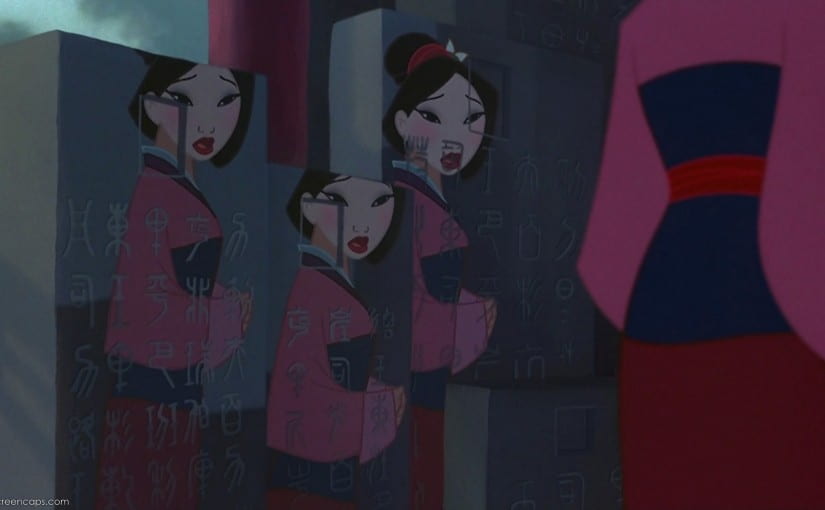
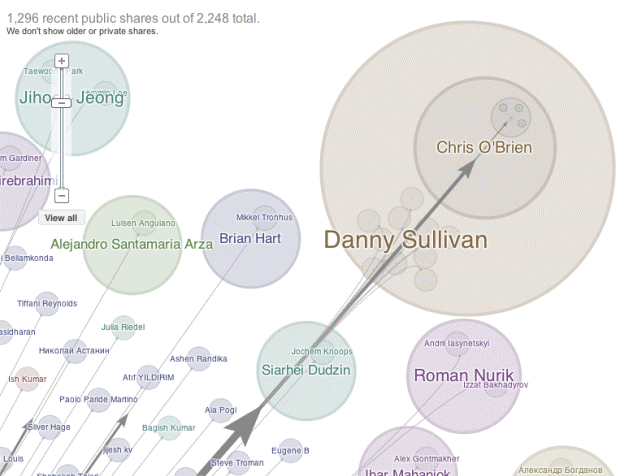




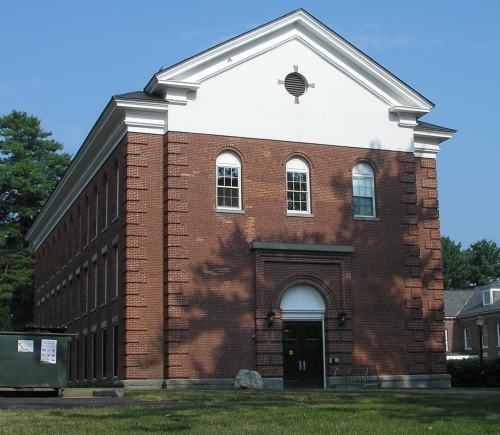
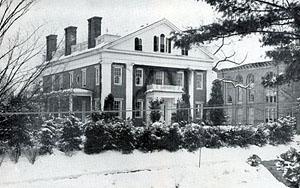
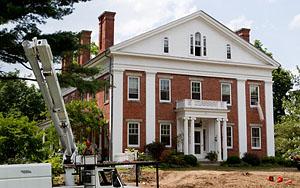

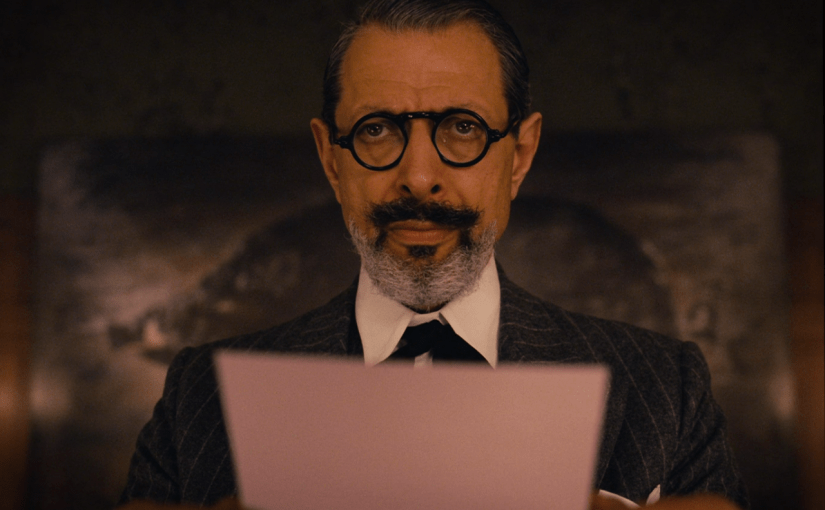

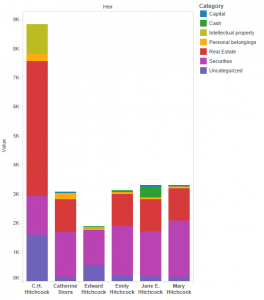
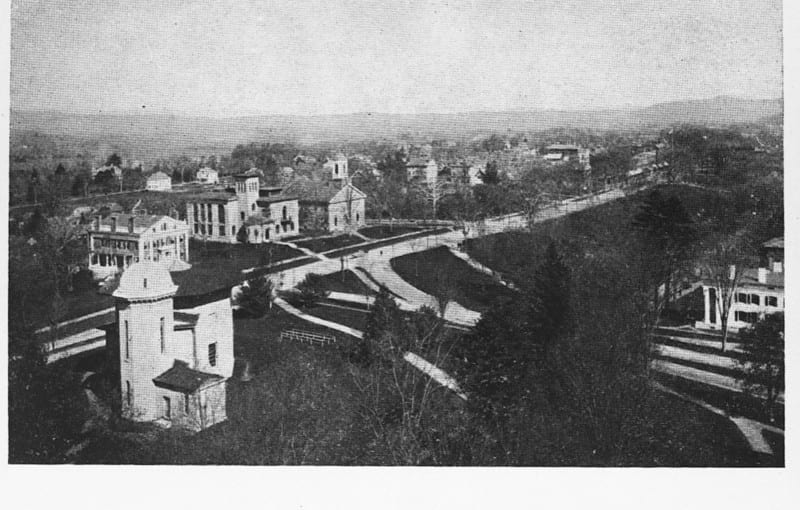

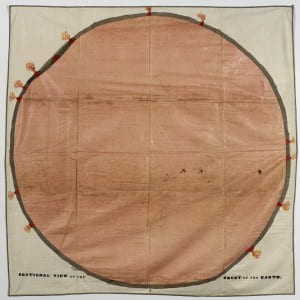
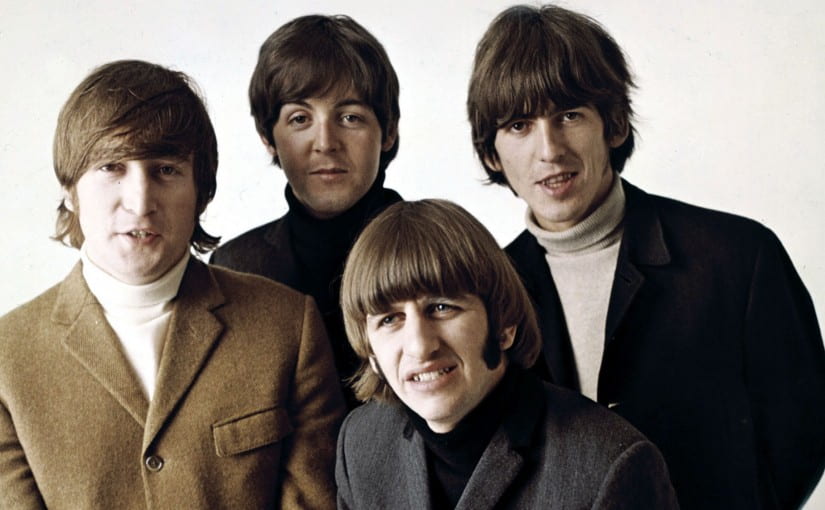
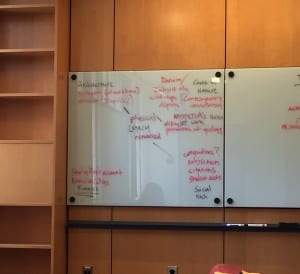


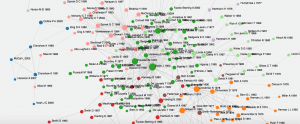
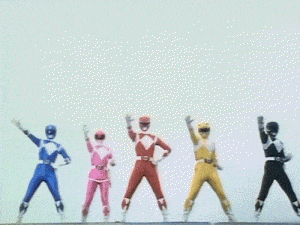
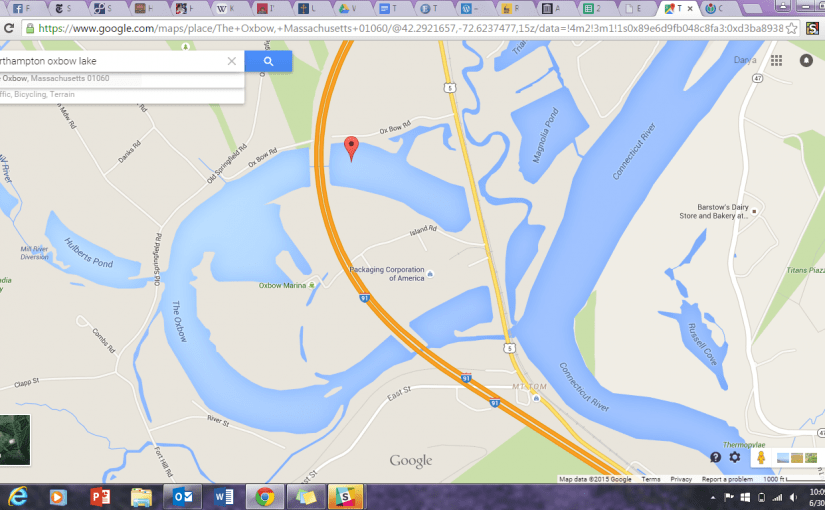
.jpg)

